It’s late spring in Antarctica. White nights are coming at the Ukrainian Antarctic Akademik Vernadsky station. The sun practically does not set below the horizon, and this adds new challenges to researchers. Here is a selection of photos taken by scientists during this period.
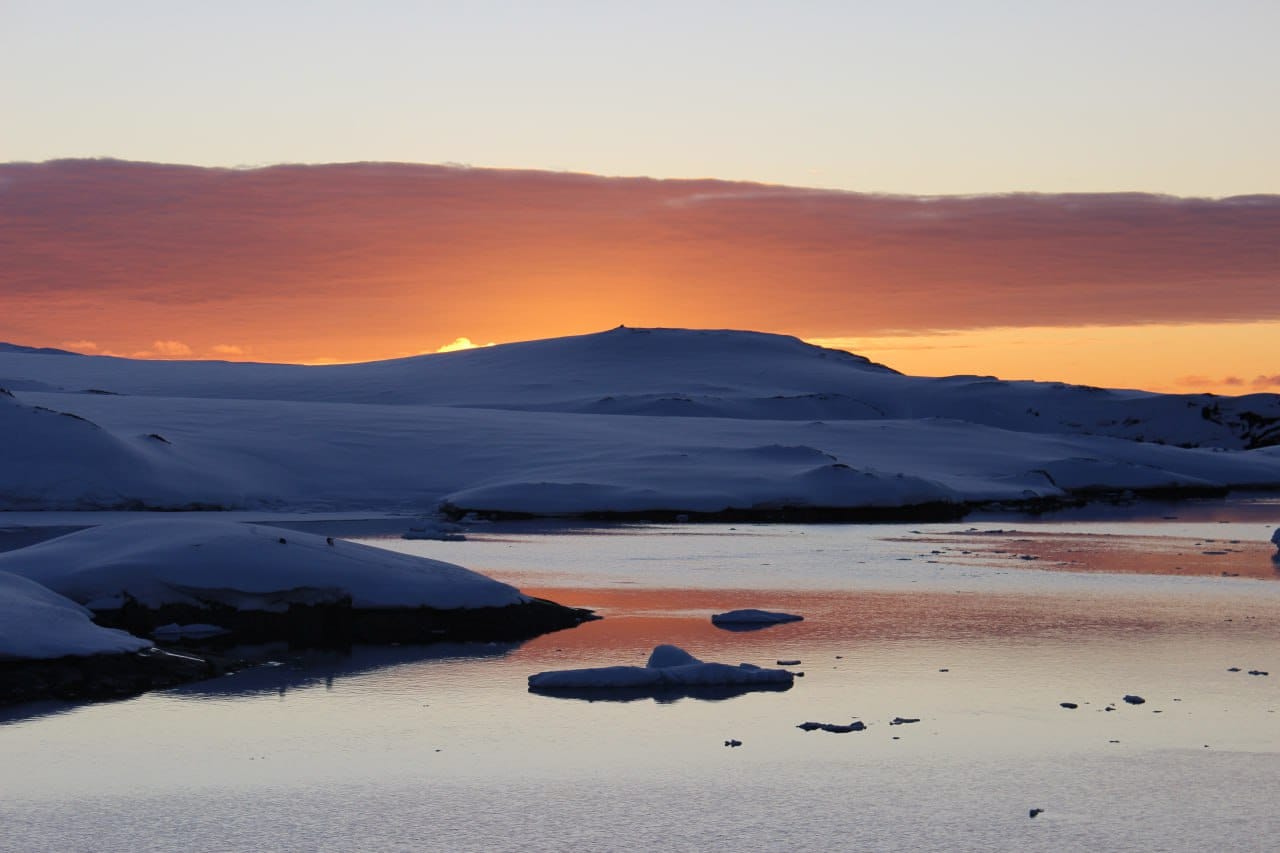
White Nights at the Akademik Vernadsky station
The Vernadsky Research Base is located on the Antarctic peninsula. Now, unlike Europe, it is late spring in those parts, as in the entire Southern Hemisphere. The daylight hours are getting longer and longer.
For example, on November 22, dawn took place here at 3:18 a.m. local time, and sunset — at 10:50 p.m. That is, in general, the dark part of the day, if you can call it that, will last less than 5 hours. And this is not the limit. The light day at the station will continue to lengthen until December 21, when it will become minimal.
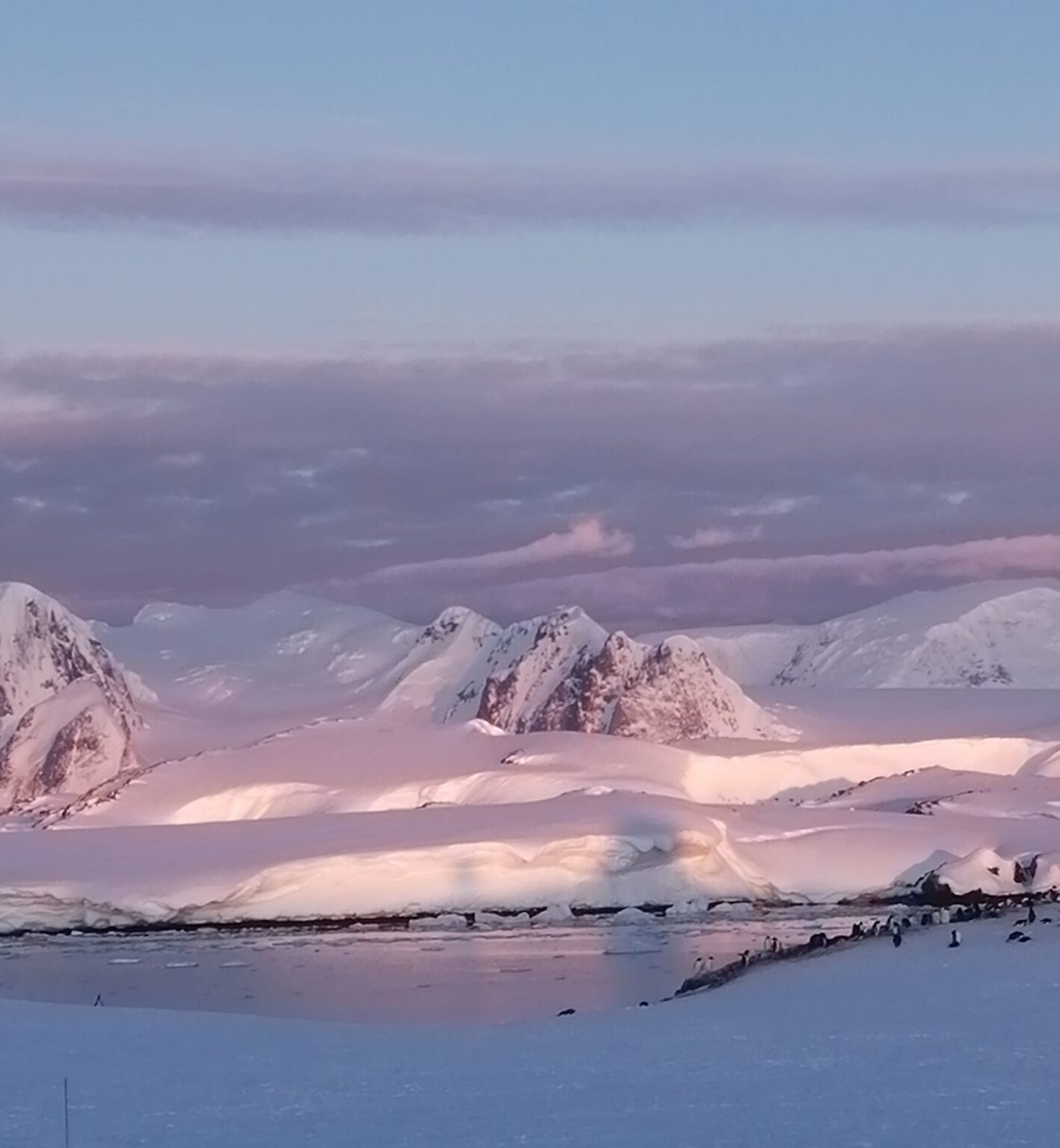
On this day, there will be a summer solstice in the Southern Hemisphere. At the Akademik Venadsky station, the light day will last 22 hours, 24 minutes and 42 seconds. And the rest of the time there will be only thick twilight. However, a real polar day, unlike many other places in Antarctica where people live, will not come.
The reason for this is that the Ukrainian Antarctic station is located outside the southern Arctic Circle. Therefore, the Sun always sets below the horizon here, even in December. Also, even in June, it rises above the horizon for at least a couple of hours.
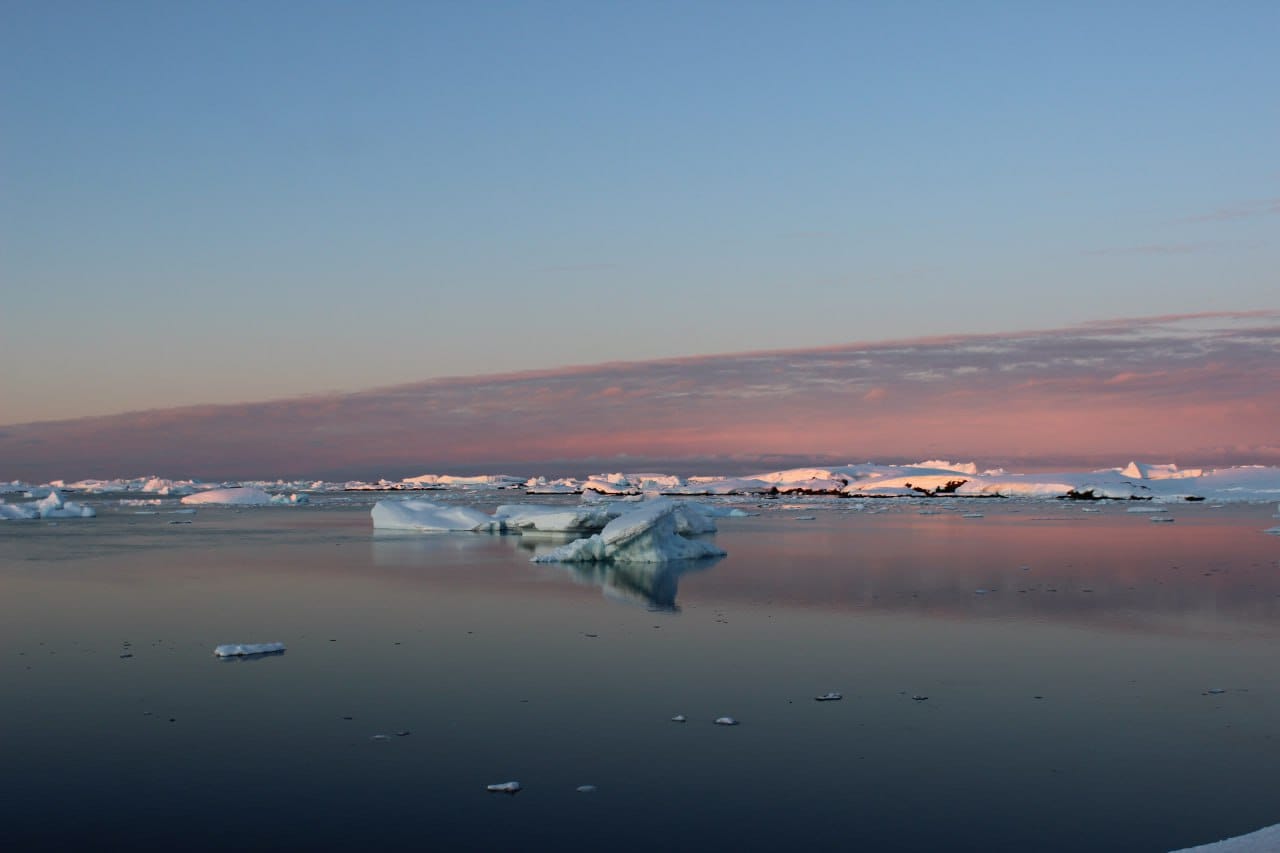
Life of polar explorers during the white nights
The National Antarctic Research Center of Ukraine told about how polar explorers live during the white nights. According to them, it is already necessary to cover the windows at night, otherwise it is simply impossible to sleep. And scientists will celebrate the New Year with a bright sky as usual.
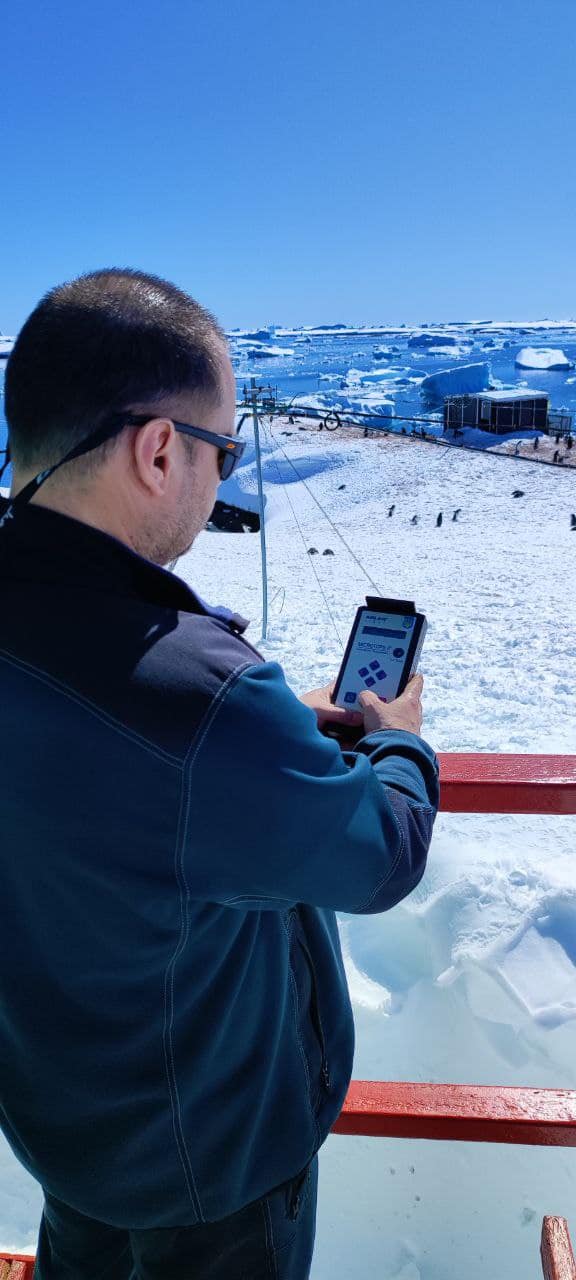
There are enough purely scientific tasks. For example, in summer, quite often the sky over Antarctica remains clear. This makes it possible to study the amount of aerosols in the air. Scientists measure them using the Microtops photometer. These studies have been going on for months and years, and thanks to them, scientists will learn how solid particles in the atmosphere affect the climate.
In good weather in summer, the ozone measurer also has a lot of work to do. After all, he takes his measurements exactly when the sky is clear. And the observations collected at dawn and at sunset are especially valuable. Therefore, he cannot sleep not only because the sky is bright. The way Ukrainians live in Antarctica during these months is vividly evidenced by the photos they have taken.
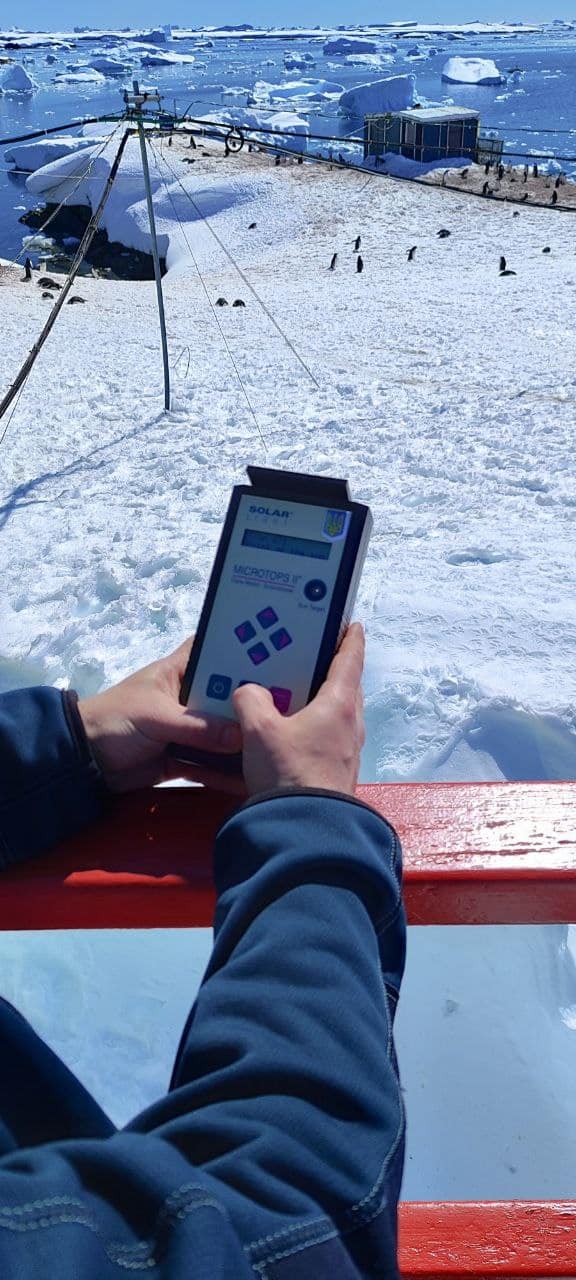
What causes white nights
The fact that there are no nights at all in Antarctica in summer, or they are extremely short, is to blame for the inclination of the plane of rotation of our planet around its own axis to the ecliptic. Due to this, it turns to the Sun in the southern and northern hemispheres during the year.
And this is especially felt at the poles. For example, at the Amundsen-Scott station, which is located on the South Polar, the day lasts 184 days. But the sun does not appear above the horizon at all for the most part of the rest time.
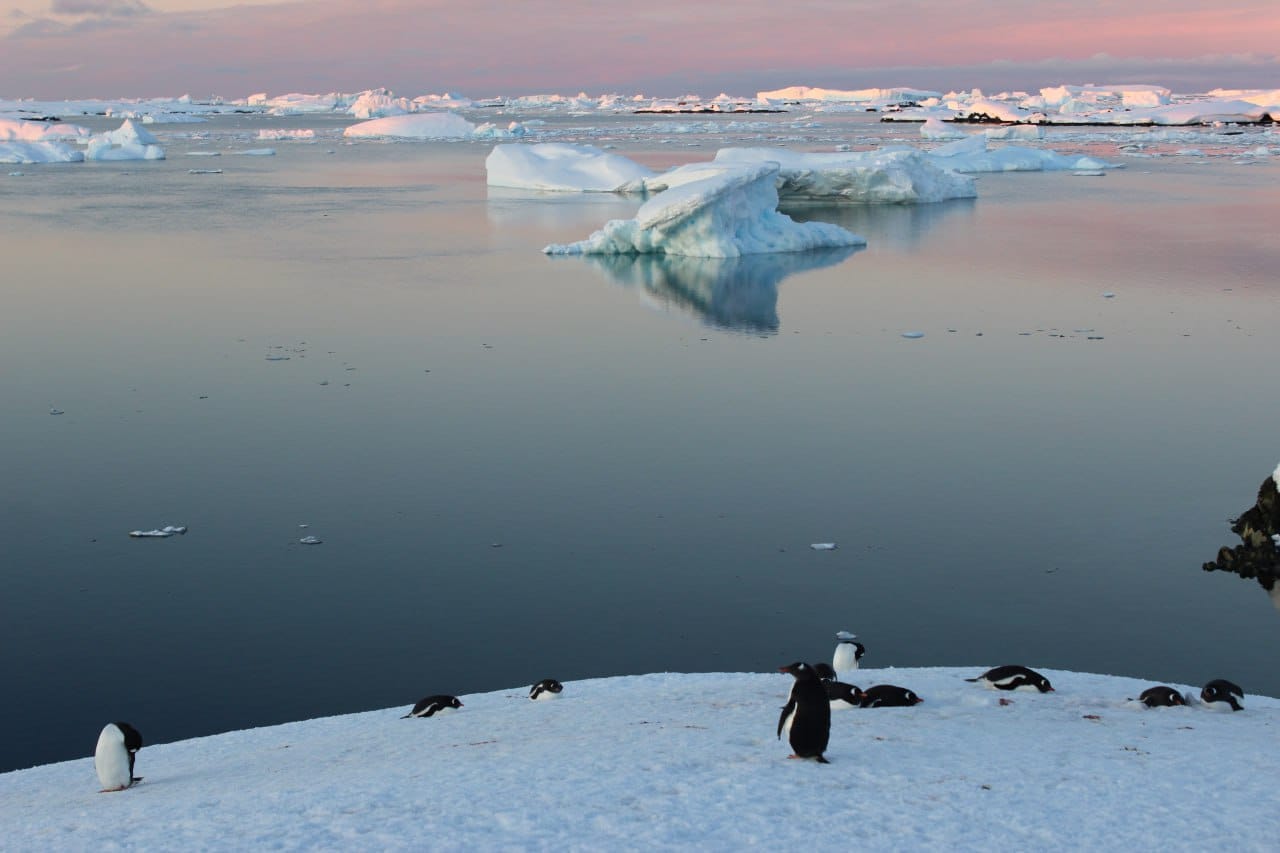
Further from the poles, this phenomenon is not felt so acutely. However, there is almost no real darkness there at the height of summer. Evening twilight flows smoothly into the morning. There is no sun in the sky, but it remains bright.
According to www.facebook.com/AntarcticCenter
Follow us on Twitter to get the most interesting space news in time
https://twitter.com/ust_magazine


